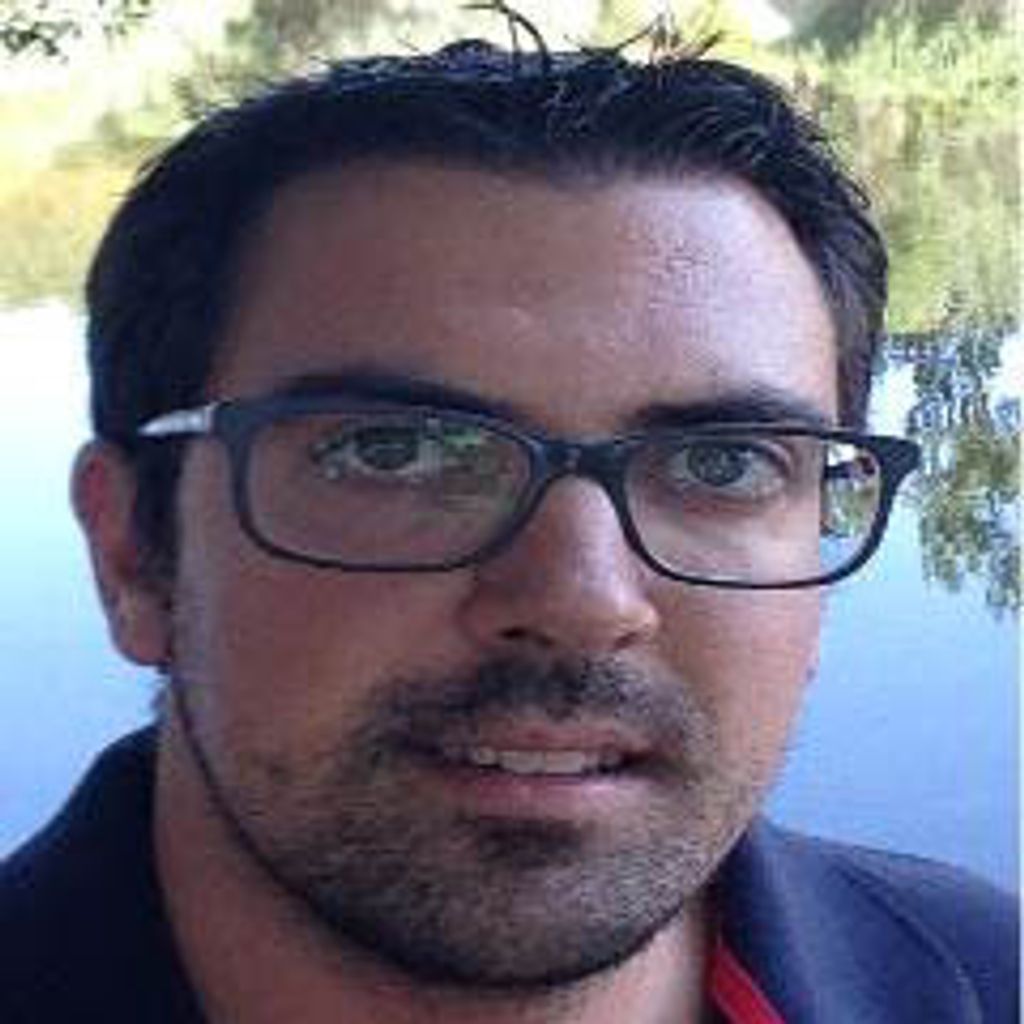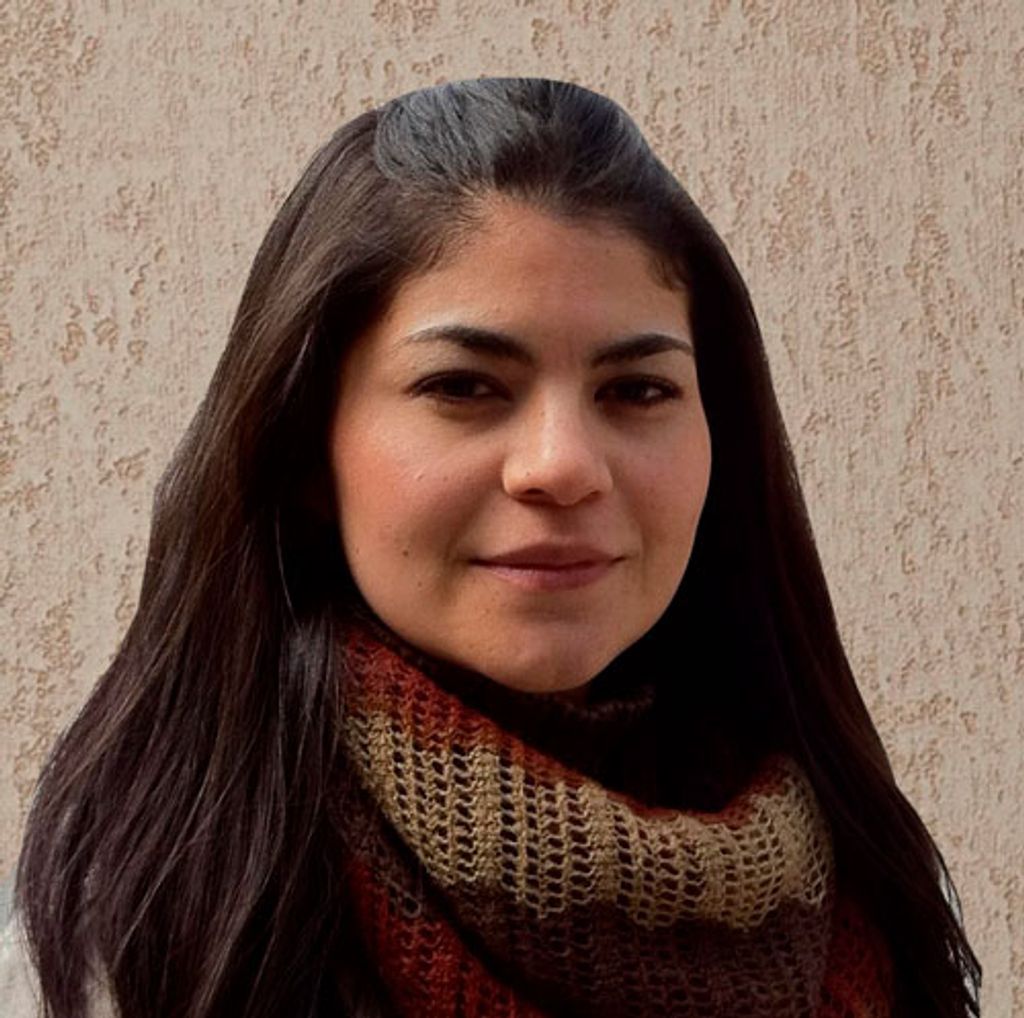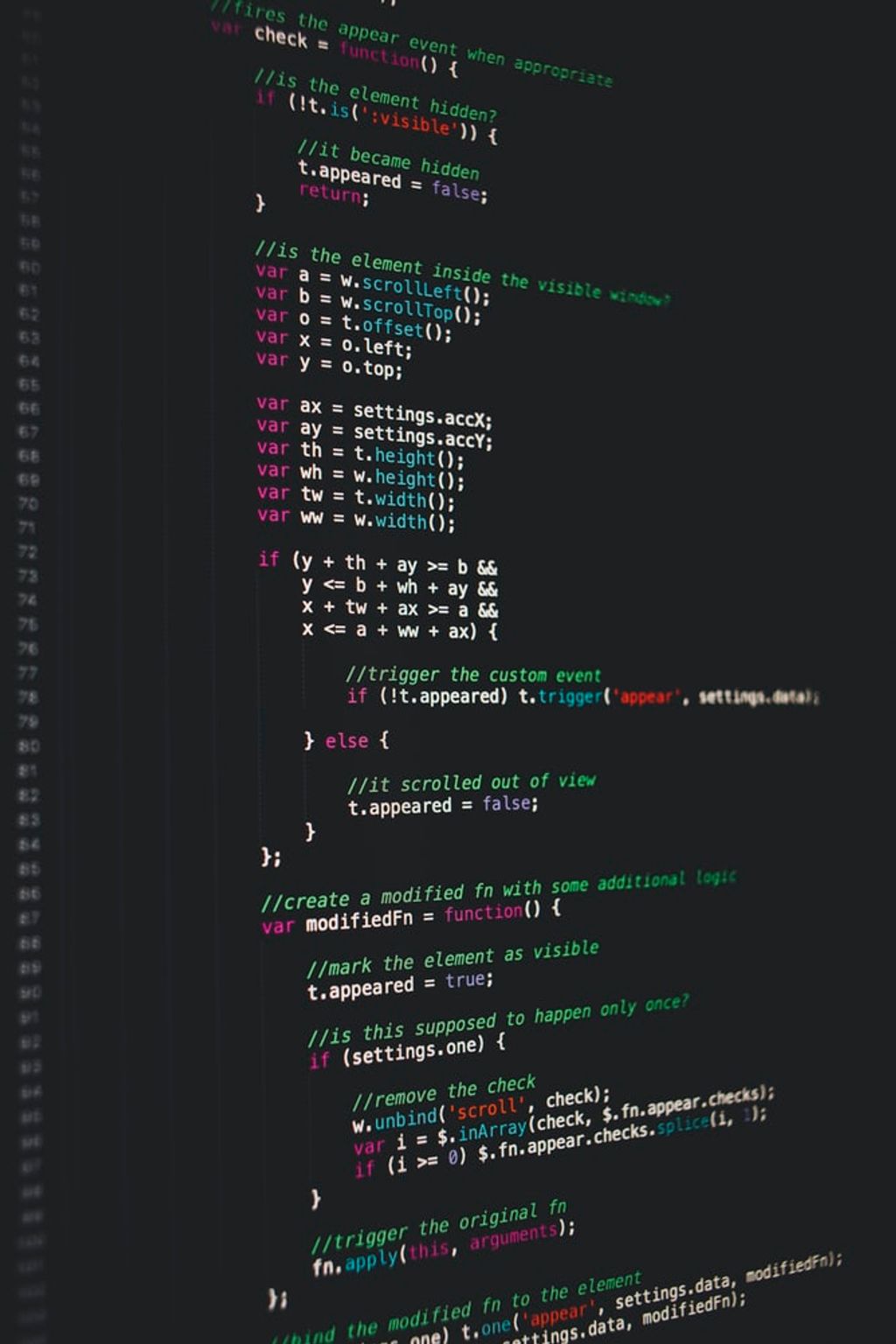Key highlights
Abstract
Currently, innovation, development and research activities, and in particular science and technology, generate large amount of information derived from the scientific method, such as articles, theses, patents, clinical trials, among others. In fact, the total volume increases year by year, following a constant growth pattern.
In this sense, the global system of science and technology can be understood as a complex structure in which academic and industrial actors, and the global knowledge generated, relate to each other, and can be represented as a network or graph, which we will call the Graph of Knowledge (GRAKO). Within this structure, there are many complex relationships between the different types of nodes or objects of the GRAKO, producers of knowledge. Thus, there can be nodes related to people (researchers), institutions, countries, documents, concepts, magazines, etc. Between these, different types of relationships can be established. Thus, some of the relationships may be visible and/or simple, and others may be complex and/or hidden. Furthermore, in the GRAKO, relationships are heterogeneous and dynamic, i.e., relationships are not only established between two nodes of the same type, but maybe involved in different types of nodes, and these may change over time. In this sense, the meta-science called "Science of Science", allows us to define, model, analyze and interpret the GRAKO using tools from statistics, sociology, computer science, artificial intelligence and complex systems.
Although GRAKO has been studied from a bibliometric perspective, it is now necessary to design and develop new models, algorithms and software tools capable of extracting hidden knowledge from large volumes of information with a multitude of heterogeneous and dynamic relationships between its components. In this sense, the GRAKO has similar characteristics to Big Data, such as volume, veracity and variety.
Therefore, the main objective of this project is to define and model the GRAKO, discover the actors and objects that are part of it, model the conceptual, social and intellectual relationships that occur within it, design techniques capable of managing and storing it, develop communication interfaces with the information sources that feed it, design advanced analysis techniques, create new ways of visualization, design and implement new software tools that can work with it, model new ways of exploiting its information, as well as perform a formal validation between the abstract entity society and the industrial fabric. These actions will be aimed at solving the challenges related to the following aspects of GRAKO: information sources, reproducibility, traceability, representation models, visualization and analysis techniques, software tools and the relationship with industry and society.
Ultimately, the achievement of this project will generate within and interdisciplinary knowledge that will serve as both a procedural and operational basis in each of the fields of application. Through the use of the techniques and tools developed, an adequate transfer of knowledge to industry and society will be guaranteed.
About us

MANUEL JESÚS COBO MARTÍN

JOSÉ ANTONIO MORAL MUÑOZ

IGNACIO JAVIER PÉREZ GÁLVEZ

ALBERTO GABRIEL SALGUERO HIDALGO

SALVADOR GUTIÉRREZ SALCEDO

PABLO GARCÍA SÁNCHEZ

DAVID MANUEL LUCENA ANTÓN

ANTONIO RAFAEL RAMOS RODRÍGUEZ

PAULA LECHUGA SANCHO

José Ricardo López Robles

Antonio Leopoldo Santisteban Espejo

Nadia Karina Gamboa Rosales

Tahereh Dehdarirad

Chaker Jebari

VERÓNICA ALEXANDRA DUARTE MARTÍNEZ

ANTONIO VÉLEZ ESTÉVEZ

THAMYRES TETSUE CHOJI
Goals

GOAL 1.1

GOAL 1.2

GOAL 1.3

GOAL 2.1

GOAL 2.2

GOAL 2.3



